Introduction:
An important part of the yarn manufacturing process in the textile industry is the “blow room,” which opens, cleans, and blends raw fiber materials before they go on to the next stages. Let’s take a look at the Types of feed system to carding in the blow room in more detail. This system ensures a continuous and controlled supply of fibers to the carding machines in the blow room. There are two types of feed systems that can be used with a card frame. These are:
- Lap Feed System.
- Chute Feed System.
1. Principle of Lap Feed System:
Lap feed system is used in conventional blow room. This is discontinuous process. It has the draw-back of lower productivity and high variation in quality of feed material. The Operating principle of lap feed system is described below:
- Feeding of the material: A photo cell is used to control the even feeding of the feed material that is transported via a duct to the reserve chute after the small roller opening for the strong suction created by a motor.
- Cleaning and evening of the feed material: There are three components of this zone – a feed pedal regulating device, a feed roll, and a Kirschner beater. The feed pedal regulating device consists of 18 pedal levers, a belt-controlled cone-drive, and a differential gear. The Kirschner beater is made up of three blades and a grid bar under the beater. As the material passes through feed roll over the feed pedal device, the thickness of the material is determined by the feed roll and corrected by the feed pedal device. Once the material enters the beater zone, the material is then moved through the beater area. The Kirschner beater opens and cleans the material intensively. By using the grid bar to remove any impurities, the material is thoroughly cleaned.
- Formation of the lap: Thereafter, the material is passed through two perforated drums called “cages” for condensing the material, and the lap is formed as a result.
- Calendering of the lap: After the lap has been produced, it passes to a calender roller on which a strong condensation of the lap can be achieved by continuously adjusting the pressure up to 6000 pounds.
- Winding of lap: The lap passes produced are wound by two winding rollers at pneumatic pressures up to 1000 kg on the lap rod for the purpose of wounding.
- Dispatching and weighing of lap: The wound lap is taken off and weighed to ensure that the weight of the lap remains uniform throughout its life.

2. Principle of Chute Feed System:
Chute feed system is used in modern blow room line. This is continuous process. It has advantage of higher productivity and low variation in quality of feed materials. Chute feed system may divided into two categories. they are:
a. One-Piece chute without an opening system.
b. Two-piece chute with an opening system.
a. One-piece Chute Without an Opening System:
In the one-piece chute, a column of material of a height that is somewhat variable over time is pushed forward toward the feed rollers. However, this chute does not meet the requirements for a high-performance card because it is straightforward, uncomplicated, economical, and requires little maintenance. Compared to this chute, a two-piece chute is more complex and expensive, but it delivers a more even batt and more opened material.
b. Two-piece Chute With an Opening System:
The raw material is transported from the Fine Cleaner (e.g. UNiflex B 60, UNlstore A 78) to the reserve chute (upper half piece of the chute) of individual cards via a transport duct. An electronic pressure regulator ensures the material rises approximately consistently in this part of the chute (upper half) by letting the transporting air escape via a perforated sheet and being carried away by a suction duct. In order to condense fiber flocks, a fan supplies compressed air to condense them into the feed chute (lower half piece part). The feed roller pushes the stock toward the opening roller, which plucks out the fiber flocks and ejects them into the chute itself. A perforated sheet permits the air to escape and flow back to the fan. By controlling the speed of the feed roll, the electronic pressure switch ensures a constant filling and density of material in the chute. Using the air stream in the chute, the flocks are continually directed to the area where they are in action, resulting in an even distribution of flocks across the entire chute width.
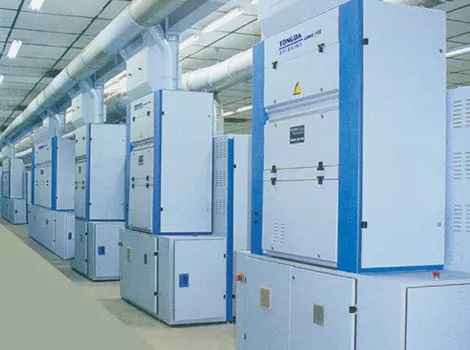
Conclusion:
From the bale opener to the lap transport system, the card feed system in the blow room ensures a continuous and controlled supply of fibers to the carding machines. As a result of the card feed system, raw fibers are effectively opened, cleaned, and blended, which leads to improved yarn quality and efficiency. Optimizing and innovating card feed system designs will result in superior performance in yarn manufacturing.
References:
- Chowdhury, M. F. (2016). Manual of Short Staple Spinning. Dhaka: Granthanir Prokashoni.
- Corbman, D. P. (1983). Textiles Fiber to Fabric. NewYork: Mary McGarry.
- Hossain, M. S. (2014). Introduction to Textile Engineering. Dhka: Books Fair Publications.
- Kadolph, S. J. (2006). Textiles. New Delhi: Dorling Kindersley India Pvt. Ltd.
- Rieter Manual for Spinning, Volume-I, Volume-II
- Truetzschler Manual for Spinning
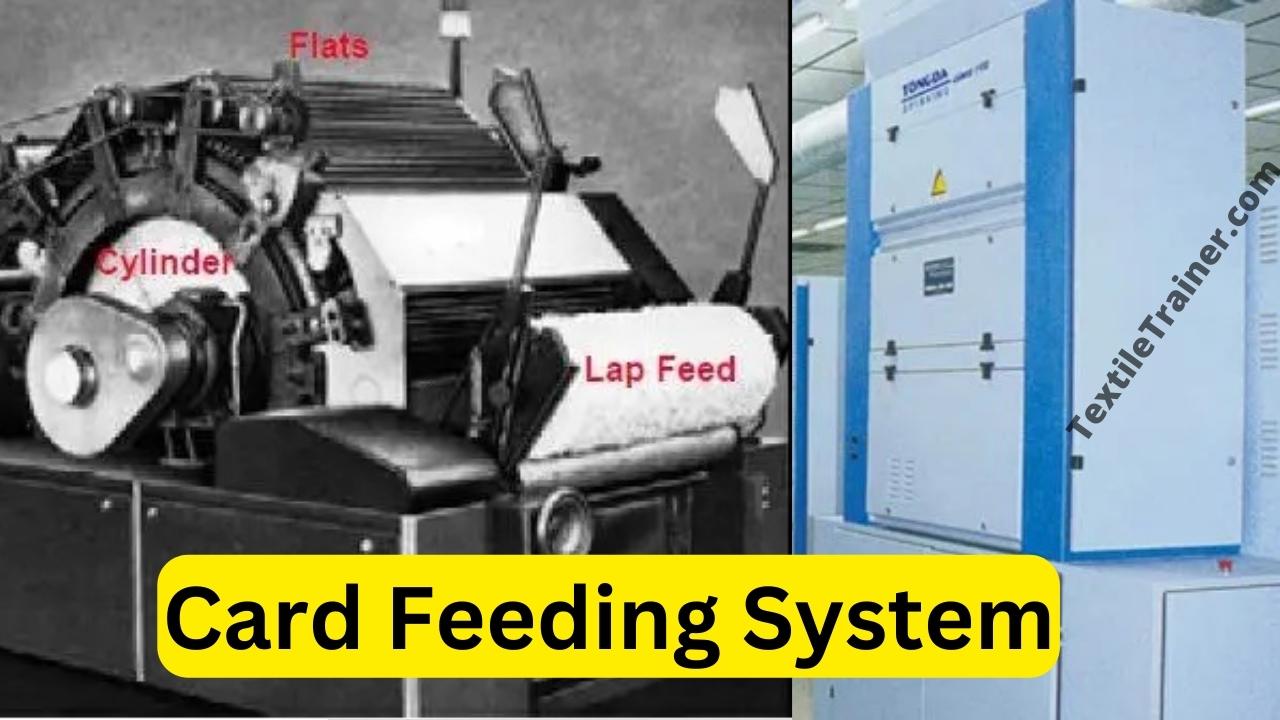
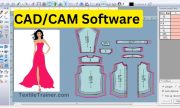
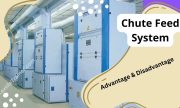
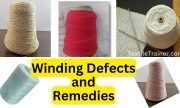



Really informative blog post. Awesome.
I really liked your article post.Really thank you! Awesome.
Thank you for your blog article.Thanks Again. Want more.
I appreciate you sharing this article.